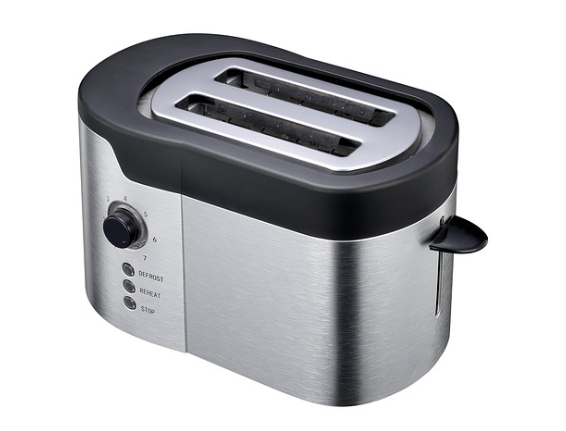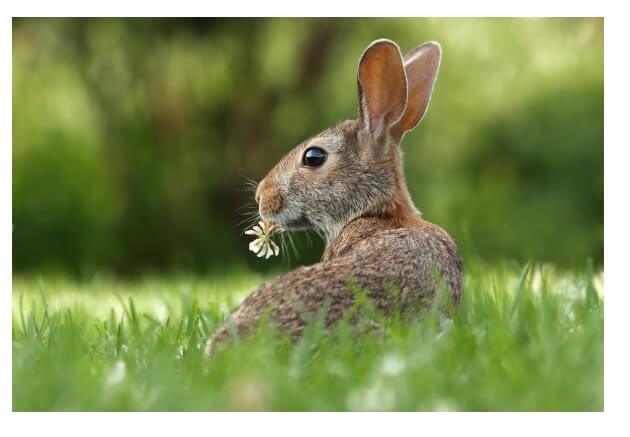MARKING GUIDE – VOCATIONAL APTITUDE (SECOND TERM EXAMINATION)
Class: Primary One
Term: Second Term
Subject: Vocational Aptitude
Total Score: 40 marks
-
Part A: 30 marks (1 mark each)
-
Part B: 10 marks (1 mark per complete, clear response)
PART A – Objective (Fill-in-the-gap MCQs)
| Q.No | Answer |
|---|---|
| 1. | c) mechanic |
| 2. | c) sewing machine |
| 3. | b) helping the sick |
| 4. | c) water pipes |
| 5. | a) decorator |
| 6. | b) gold and silver |
| 7. | a) painter |
| 8. | c) takes care of patients |
| 9. | d) carpenter |
| 10. | c) cement and blocks |
| 11. | c) scissors |
| 12. | a) plumber |
| 13. | b) iron and engine |
| 14. | b) hot |
| 15. | b) sick |
| 16. | b) trowel |
| 17. | c) rooms and furniture |
| 18. | b) jewelry |
| 19. | b) plumber |
| 20. | c) hospital |
| 21. | a) electrician |
| 22. | c) wood |
| 23. | c) Painter |
| 24. | c) interior decorator |
| 25. | c) overalls |
| 26. | b) gold |
| 27. | c) needle |
| 28. | d) electrician |
| 29. | c) chairs |
| 30. | c) buildings |
Total = 30 Marks
PART B – Evaluation (Theory Questions)
| Q.No | Expected Answer | Marking Guide |
|---|---|---|
| 1. | A tailor makes clothes for people using materials like thread and fabric. | Award 1 mark if pupil clearly states tailor “makes clothes” or “sews” for people. |
| 2. | Tools: Saw, hammer, nails, ruler (Any 3 correct) | 1 mark for any 3 accurate carpenter tools. |
| 3. | A nurse cares for sick people, gives medicine, and helps doctors. | Must mention care or medical help. |
| 4. | Things in hospital: bed, injection, nurse, doctor, medicine (any 3) | Award if 3 are accurate and related. |
| 5. | A decorator makes the event beautiful and well-arranged with colors and furniture. | Must mention “beauty,” “arrangement,” or “decorations.” |
| 6. | Painters wear overalls to protect their clothes from paint. | Mention of protection or preventing stains gets full mark. |
| 7. | Electricians must avoid electric shock and touching live wires. | Danger must be clearly stated. |
| 8. | Description should mention cars, tools, engine oil, or dirty environment. | Accept any 2 correct things seen. |
| 9. | Vocational jobs: Tailor, Carpenter, Bricklayer, Mechanic, Nurse, etc. | Accept any 4 taught occupations. |
| 10. | Any preferred job with simple, sincere reason e.g. “I like painter because I enjoy colors.” | Must include preference + reason. |
Total = 10 Marks
✅ Teacher Note:
-
Encourage full sentence answers, but don’t penalize for short responses if they are correct.
-
Accept answers in the child’s voice — real understanding matters more than big grammar.
-
Pupils must be able to explain at least one reason in theory Q10 for full marks.












